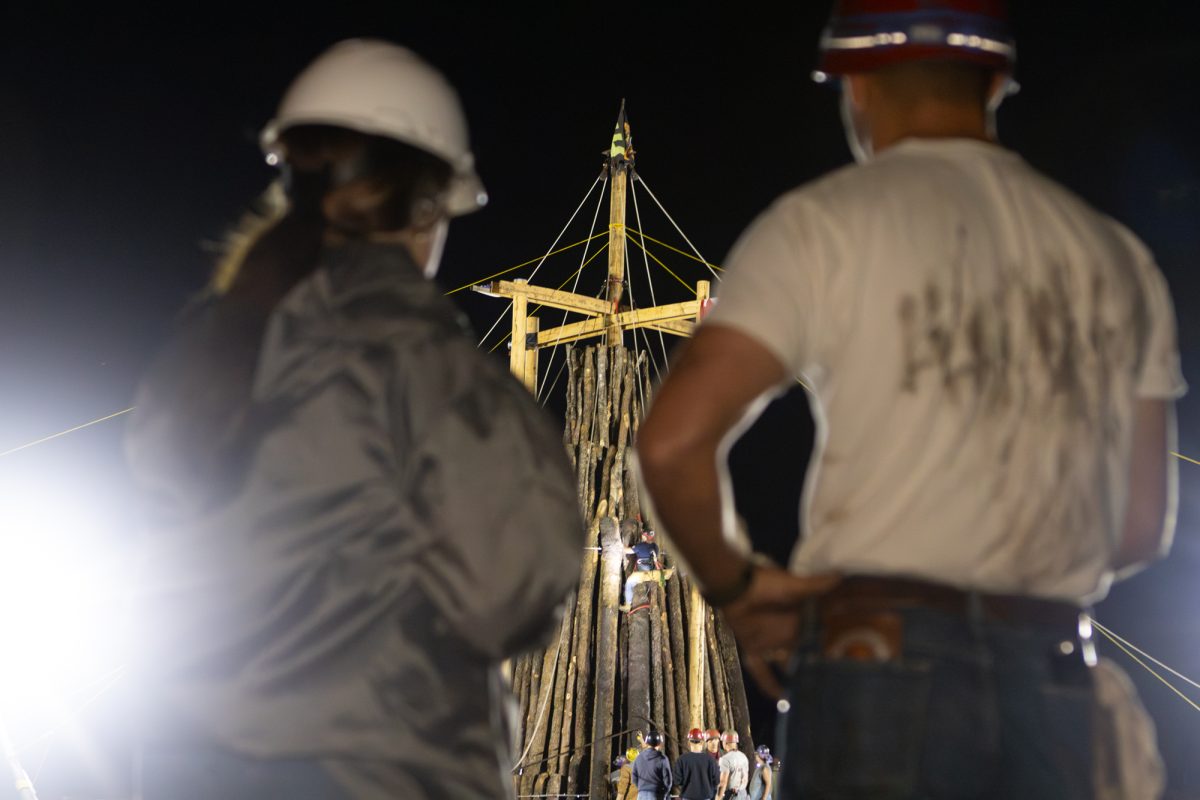Placed geographically directly above Mexico, Texas is a major hotspot for exchanges in culture, money and immigration. Even though Mexico is 300 miles away, students and faculty at the Texas A&M Bush School have found a way to bring the state of Oaxaca a bit closer to Aggieland.
The Bush School of Government and Public Service’s Master of Public Service and Administration capstone program, or MPSA, will hold its second-year artisan collective with Zapotec artisanal group DAVA on March 21 at the Annenberg Presidential Conference Center. The program plans not only to sell shoes adorned with cultural handmade designs but to share the hidden knowledge of rural and indigenous groups in our neighboring country.
Bush School professor and project advisor William A. Brown said that last year’s project ran as a pilot, testing out different ideas and ways to further the project. As a part of the new direction the capstone is heading, Brown said the students and coordinators took the opportunity to travel to Oaxaca and visit the artisanal group firsthand.
“This is the first time we went abroad,” Brown said. “When we got back, we got more motivated to try to be able to make the market experience beneficial for the artisans. I think we were last year as well. It just became really apparent that these are really interesting, capable, folks from a different part of the world and we’re really privileged to be able to post them up here.”
Public service and administration graduate Jaclyn McJunkin said when it came to understanding the rich culture of the Zapotec people, they took considerate measures in cultural exchange, cultural awareness training and in-depth research on cultural sensitivity. After the application of intensive cultural analysis, McJunkin said she found a new level of appreciation in Zapotec culture.
“We’ve learned that these ancient indigenous cultures have been around for millennia,” McJunkin said. “They were so well established. They had sociopolitical hierarchies, they had entire cultural makeups and we are honored that these people that we have the privilege of working with now have those bloodlines and should be respected and treated as such.”
In close association with DAVA, cofounders of Tejiendo Alianzas program director Sarahi Garcia and general director Richard Hanson said the program and artisanal shop goes further than just the selling of shoes, but also tells a story. Aside from just money and culture, immigration is one major factor in the connection between Texas and Mexico, Hanson said.
“Something that links the two sides [of the border] is the question of immigration,” Hanson said. “Texas obviously receives those immigrants and Oaxaca sends immigrants. A lot of people in Texas and the United States in general know immigrants in one way or another and the story [of those immigrants] perhaps are not told. [With DAVA], a lot can be said over the importance of their business as a source of employment in order to reduce the pressure to immigrate.”
Garcia said the shop not only opens up a conversation on what it means to be an immigrant worker, but also an indigenous woman worker from a foreign country who helps sustain her business through her culture and heritage. Coming to the United States has let a new perspective open up when it comes to the introspection of identity and practice, Garcia said.
“It’s always good to enter another space, another place,” Garcia said. “Sharing our experiences as indigenous and receiving that amazement that [Americans] have for our own way of life, our worldview. There are people who value what we have very much and sometimes, because it is so abundant, we [as Oaxacans] tend to forget [our importance] in a certain way.”
For more information, visit the Bush School website.









